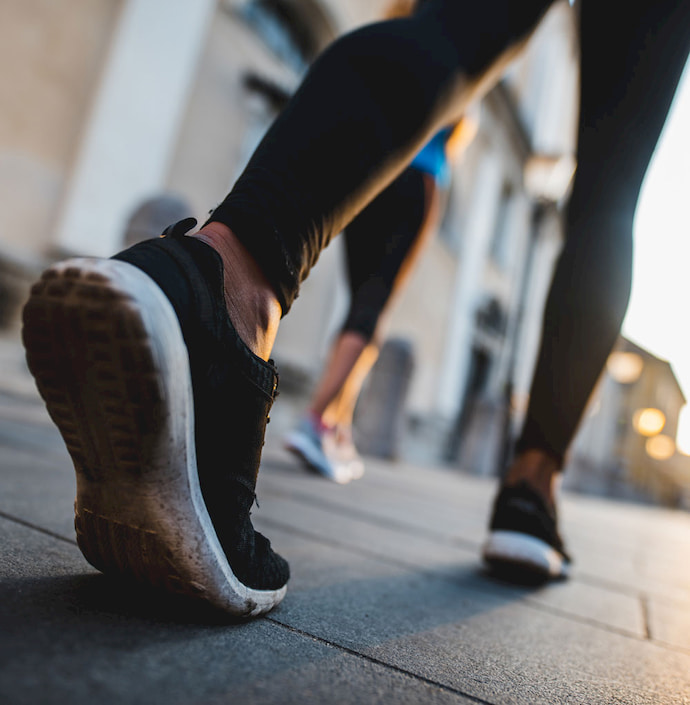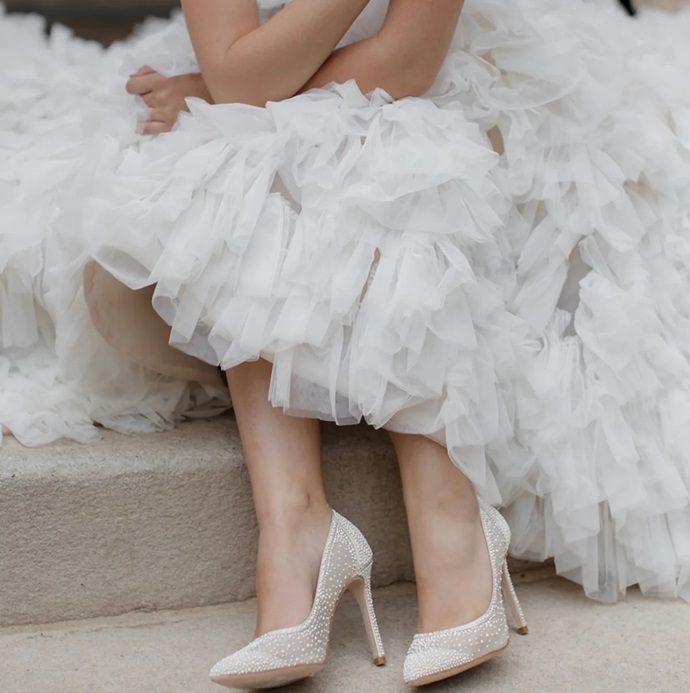
source: vdbshoes.com
Diabetes is a non-communicable disease that’s considered a global pandemic. It’s estimated that about 422 million people worldwide struggle with diabetes, the majority of whom suffer from type 2. It’s characterized by high blood glucose levels that can lead to many long-term complications.
The most common health issues caused by diabetes mellitus are foot problems and they shouldn’t be taken lightly. Scroll down to find out more about the prevention and treatment of diabetic feet and the purpose of women’s diabetic shoes.
What Is a Diabetic Foot?
A diabetic foot is a condition that occurs due to peripheral artery disease and/or diabetic neuropathy both of which can cause skin ulcers, wounds, tingling, pain or loss of feeling in your feet. If left untreated, these symptoms can progress to more severe complications such as infection or gangrene which may require amputation of a toe, foot or part of the leg.

source: dermatologytimes.com
The loss of feeling in your feet can be extremely dangerous because you might not feel minor discomfort and even a small pebble can cause cuts and sores which are hard to heal if you have diabetes. This is why regular checkups and proper care of your feet are of utmost importance for the prevention and treatment of diabetic feet.
How Do You Prevent Diabetic Feet?

source: endocrineweb.com
In order to prevent or treat diabetic feet, you should do sever things including, but not limited to:
– Manage your blood glucose levels
– Practice proper hygiene
– Regularly check your feet
– Smooth corns and calluses
– Trim your toenails
– Wear comfortable footwear at all times
The first thing is quite obvious since it’s important for your overall health, not just your feet. High glucose levels are the key risk factor that causes harm to the nerves and blood vessels in your feet and other parts of the body.
Practising proper hygiene is crucial to prevent infections and to speed up the recovery of sores and cuts. Avoid soaking your feet in hot water because this can make your skin dry and prone to corns and calluses. Instead, use warm water to wash your feet on a daily basis and apply talk powder afterwards to get rid of excess moisture between the toes.
Make sure to regularly check your feet for blisters, sores or small wounds. The earlier you notice them, the better. If you discover anything out of the ordinary, you should immediately consult your doctor before taking further steps.
Corns and calluses aren’t just unsightly; if you don’t smooth them out they can progress into ulcers and other infections. You should never cut corns and calluses and it’s best to stay away from medicated plasters and over the counter formulas. Instead, use a pumice stone to gently smooth the skin, but avoid going back and forth because this can cause more harm than good.
You should also keep your toenails neat and well-trimmed. The best time to trim your toenails is after you take a shower or wash your feet because the warm water softens the nails. Use sharp clippers to trim your nails straight across without cutting into the corners. That’ll prevent you from cutting your skin and it’ll keep you safe from painful ingrown nails.
The importance of comfortable footwear can’t be stressed enough since those who suffer from diabetes should never walk barefoot. Many people, especially the ladies, wear ill-fitting footwear that can trigger a diabetic foot and worsen existing foot problems. You should absolutely never wear shoes that cause you pain or contort your foot in unnatural positions.
The Purpose of Specially Designed Women’s Diabetic Shoes
Women have always put up with uncomfortable footwear trends for the sake of fashion. But if you have diabetes you must refrain from this bad habit. Women’s shoes for diabetic feet provide adequate support while allowing the foot to stay in a natural position. They also minimize the risk of skin breakdown in diabetics with pre-existing foot disease.

source: seniorlivinghelp.co
In the past, therapeutic and corrective footwear was perceived as unattractive because of the outdated design. Luckily, nowadays there’re specially designed ladies diabetic shoes that don’t sacrifice style for comfort. From sporty kicks to elegant dress shoes, you can choose from a wide array of options that’ll make you look good and feel even better.
The primary goal of women’s shoes for diabetic neuropathy is to prevent injuries and complications that can arise from the false sense of security due to the loss of feeling in the feet and improve mobility. These shoes are usually wider and deeper than regular ones, but they also need to meet other guidelines. Before buying a pair of ladies diabetic shoes, it’s good to know what the things you should keep an eye on are.
How to Choose Women’s Diabetic Shoes
First and foremost, your diabetic shoes should be prescribed by a physician or fit by professionals who specialize in this area of expertise. If your feet have changed shape over time or you have bunions, you might also need special foot inserts that will allow for better comfort. Always go shoe shopping in the afternoon or early evening to ensure you choose the best fit because this is when your feet are the largest.
Your shoes should be made from breathable materials that encourage airflow and reduce moisture around the foot. They should also possess excellent stretching qualities that won’t restrict your movements. The inner parts should be cushioned or made from soft fabrics that will help reduce abrasions caused by rubbing.
Look for a lightweight design that provides relief while walking, but is also sturdy enough to protect your feet from high impact and injuries.

source: lermagazine.com
It would be ignorant to say that the style should be the least of your concerns because everyone deserves to look and feel their best. Thankfully there’re plenty of stylish, trendy womens diabetic shoes for every occasion. There’re sneakers, boots and flats for diabetic feet that look as good as regular shoes, but what if you need to go to a special event? This is where many women make the mistake of buying uncomfortable high heels that put pressure on the toes and break havoc on the skin.
Give your best to resist the urge to buy stilettos or pumps and go with a more sensible take on classic high heels. Opt for a wider heel that’s no more than 3cm in height to prevent your foot from flexing in incorrect positions. This way you won’t risk your health and you’ll still turn heads when you hit the road.
Without further ado, it’s time to look for some beautiful shoes. Have a nice shopping trip!



















